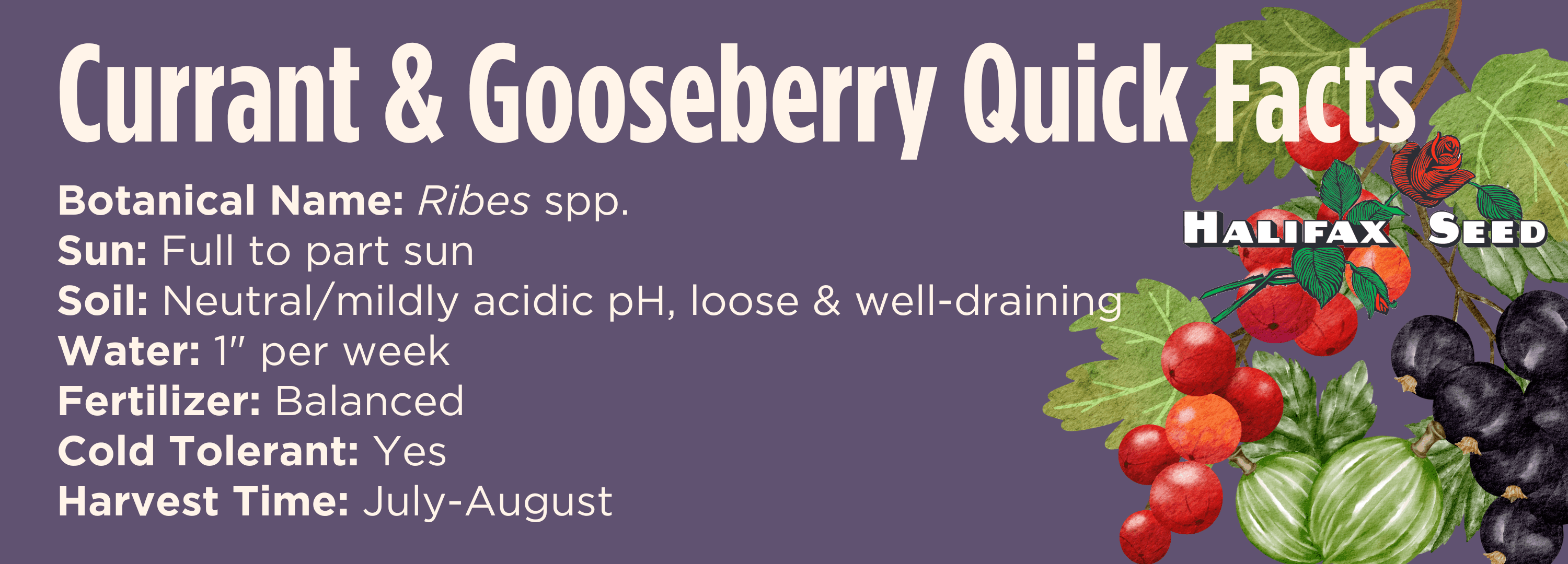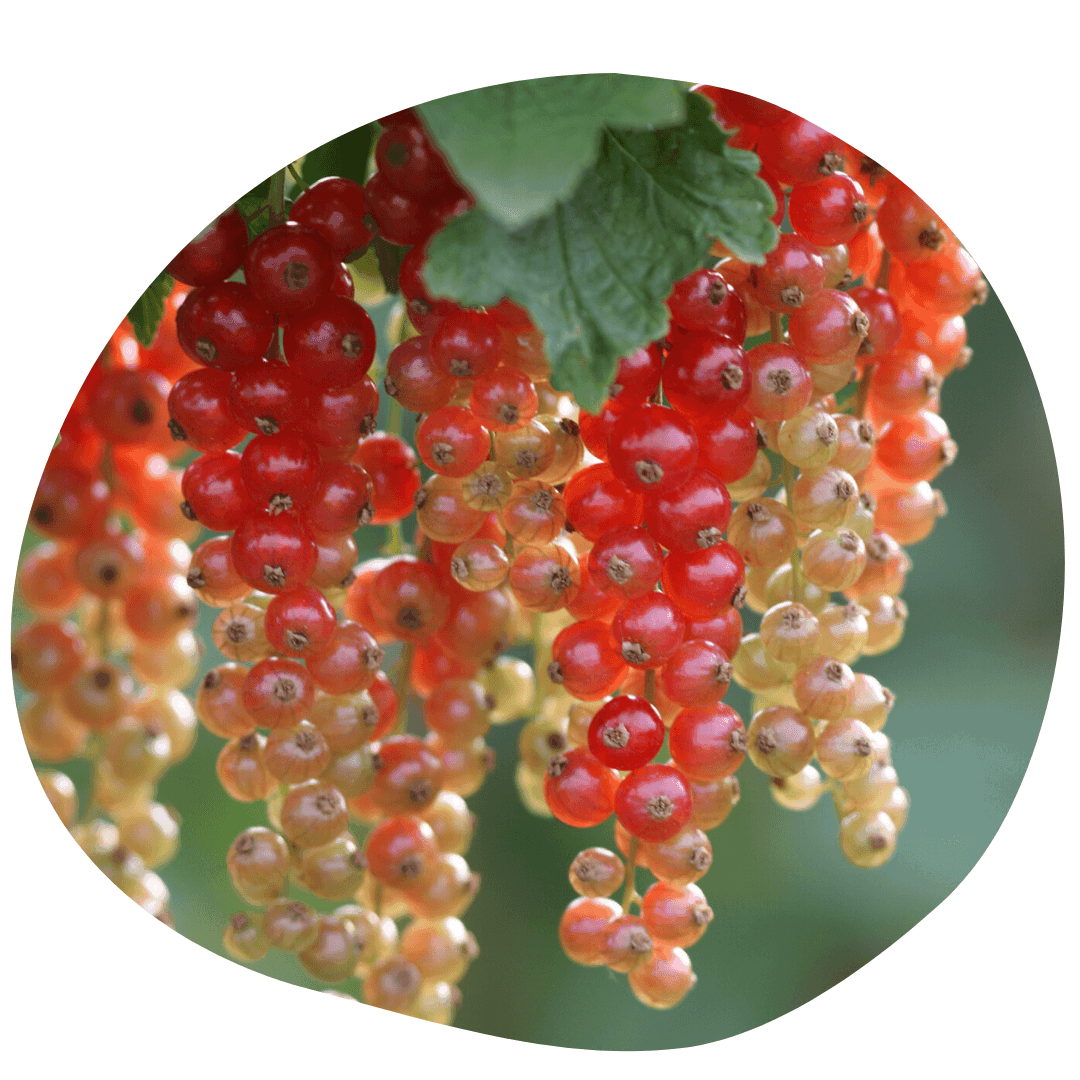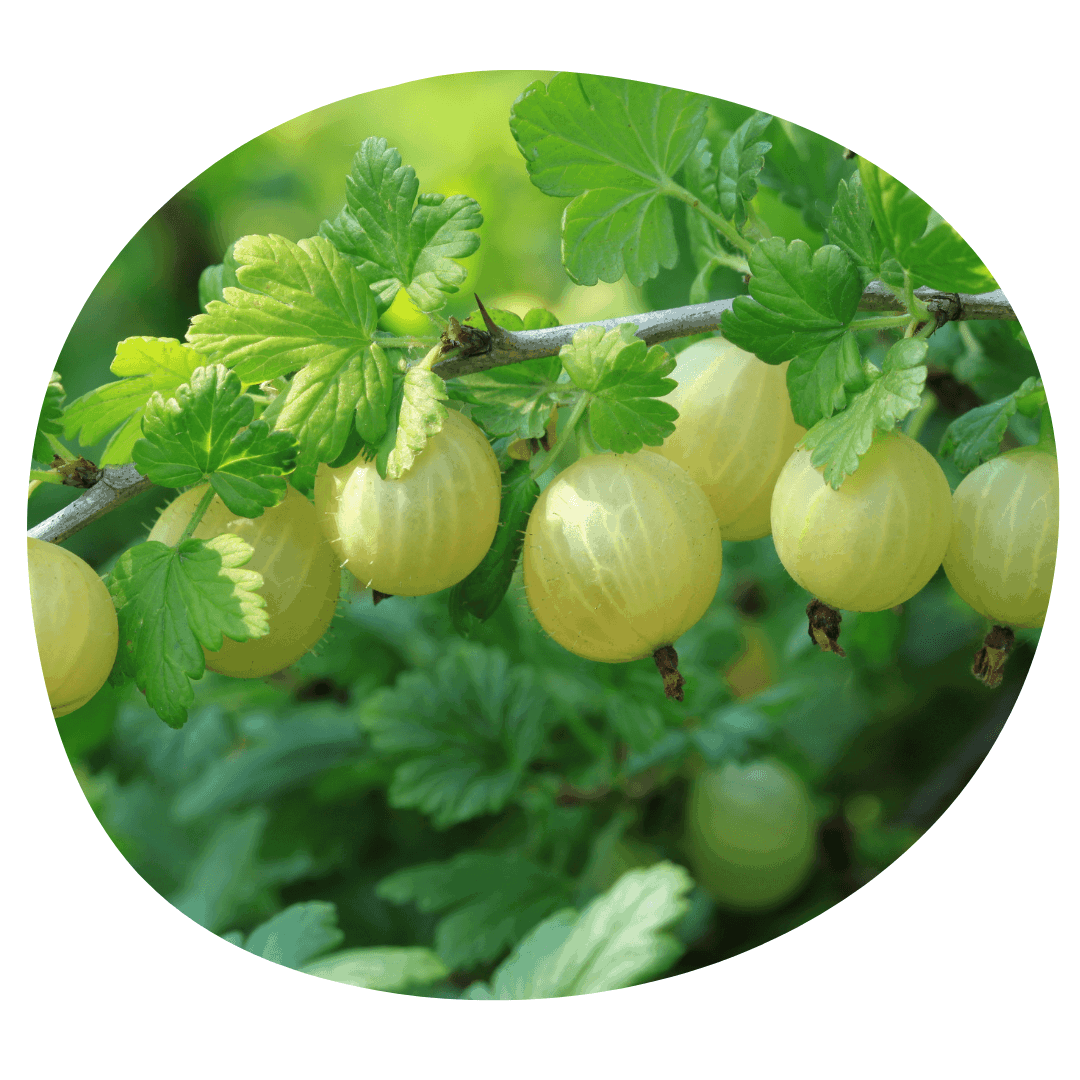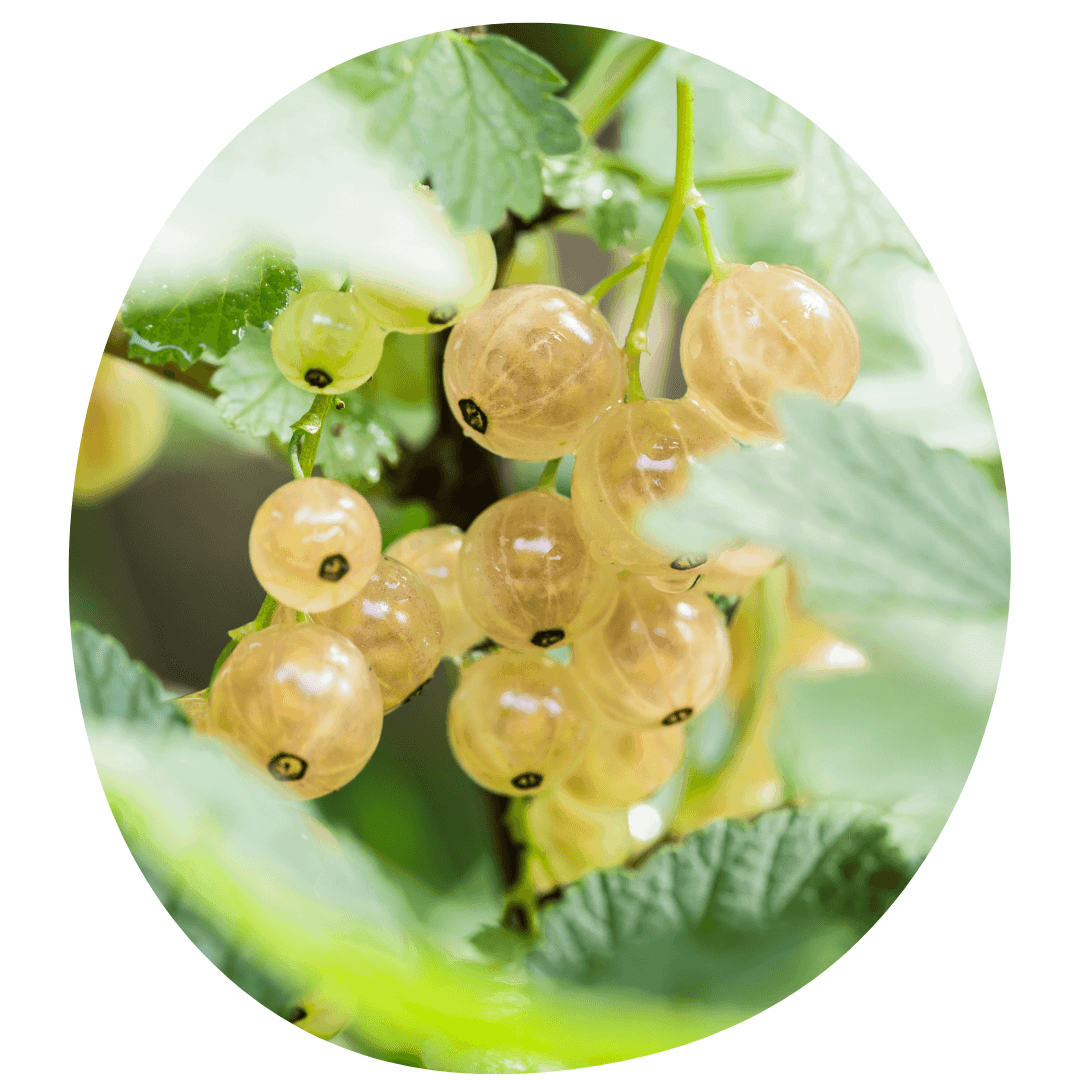How to Grow Currants & Gooseberries


Currants and Gooseberries are hardy plants grown for their flavourful berries that are popular in jams, jellies, pies, and other baking. There are many varieties of currants and gooseberries with fruit of different colours and flavour profiles.
Currants and gooseberries thrive in full sun but can tolerate some shade, though yields may be lower. The soil should be well draining and rich in nutrients; avoid planting in waterlogged soil or low areas where water may collect. Plants are cold hardy and may thrive in zones as low as 3. Currants and gooseberries are self-pollinating, but plantings with a partner can help to increase fruit yield. Both plants can be hosts for White Pine Blister Rust, so avoid planting them within 300m of susceptible pine trees.
How to Choose a Currant or Gooseberry Plant

Currants are small, round berries that grow on upright shrubs and come in red, black, white, and even pink varieties. The plants are cold hardy, thornless, and can grow up to 6’ tall. The flavour of the berries is sweet but tart, and they’re commonly used in baking. Red, white, and pink currants are all the same species (Ribes rubrum), while white currants have a sweeter flavour than red and are preferable for eating raw. Black currants are their own species (Ribes nigrum) and have a distinctive flavour that lends itself well to jams, syrups, and sauces. Not all black currants are self-fertile, so they will require a second plant for best fruit production.
Popular Currant Varieties at Halifax Seed
Red
White
Black
Pink Champagne
White Pearl
 Gooseberries are also small, round berries produced by upright shrubs. They come in a wide array of colours including green, yellow, white, red, pink, and purple. Plants are cold hardy, have thorns on the stems, and may reach up to 5’ in height. There are two distinct species of gooseberries: American (Ribes hirtellum) and European (Ribes uva-crispa). There are also numerous cultivars that are hybrids between the two species.
Gooseberries are also small, round berries produced by upright shrubs. They come in a wide array of colours including green, yellow, white, red, pink, and purple. Plants are cold hardy, have thorns on the stems, and may reach up to 5’ in height. There are two distinct species of gooseberries: American (Ribes hirtellum) and European (Ribes uva-crispa). There are also numerous cultivars that are hybrids between the two species.
Popular Gooseberry Varieties at Halifax Seed
Captivator Red
Pixwell Green
Black Velvet
How to Grow and Care for Currants and Gooseberries
In the first year after transplant, remove the flowers to prevent fruit production and encourage strong root growth. Gooseberries and currants produce fruit on 2 and 3-year-old shoots, while very little fruit is produced on 4-year-old shoots and older. Pruning is important to maintain a continuous harvest from year to year. With proper pruning, plants should remain productive for 8-10 years. Both currants and gooseberries are low maintenance and aside from annual pruning and fertilizing, they require little care. Apply a balanced fertilizer in the spring around the base of each plant. It’s also helpful to mulch around the base of the plants to help retain water and keep the soil cool.

How to Prune Currants and Gooseberries
Pruning should be done in late winter or early spring when your plants are dormant. Leave 3 to 4 new shoots from each year’s growth for a total of 9-12 shoots per plant. Remove any growth 4 years old or older to encourage new growth. Remove any branches that are low or touching the ground to keep the fruit from being damaged. Remove any branches with signs of damage or disease. Always use clean, sharp pruners when trimming your plants.
Pests and Diseases of Currants and Gooseberries
Powdery Mildew - White mildew on the top surfaces of leaves, starting as small spots and growing to cover the entire leaf.Leaf Spot/Blight - Fungal infections that cause dark spots on foliage.
Aphids - Small green, black, or brown insects that feed on the sap of garden plants. You'll find them under leaves, at blossom tips, and in the joints of stems.
Currant Borers - Contrary to the name this pest will also affect Gooseberries. Moths appear in mid-June and lay eggs, which hatch into larvae that bore into the center of the shoot (pith) and feed on the plant.
Currant Fruit Fly - When currants bloom, adult flies emerge from the soil and lay eggs in the flowers. These eggs become maggots that feed on the berry, causing it to ripen prematurely and drop to the ground before harvest time.
Currant Sawfly - Flies that strip the plant of all its foliage. Monitor plants in the spring for green worms with black spots about 20mm long that feed on the edge of the leaf.
Scale Bugs - These pests suck the fluid from inside the tender wood of the plant. They have a hard shell and are difficult to control with pesticide sprays.

Garden cleaning and proper spacing between plants are the best ways to prevent problems caused by pests and diseases. Diatomaceous earth can be used to control crawling pest species, while sticky traps will catch flying pests. Row covers and insect netting can also prevent travelling pests from landing on your crops and causing damage. Ensure good drainage in your chosen planting spot to prevent problems with fungus and rot. Contact us for more specialized pest control methods such as beneficial nematodes.
How to Harvest Currants and Gooseberries
The berries will ripen over a two-week period and can stay on the bush for a week without risk of dropping when ripe. Gooseberries are borne individually on the shoots and will turn red to pink when they are ripe. Beware of thorns when harvesting! Currants grow in long clusters similar to grapes and can be harvested once they’ve fully developed their colour. It’s advisable to place bird netting over your plants when berries are developing to retain your full harvest. Fresh currants will keep for about one week in the fridge. Dried currants can be stored for a long time in the fridge, anywhere from six to twelve months, and last even longer in the freezer. Gooseberries will keep for one to two weeks in the fridge.
| Return to Tips & Inspiration |